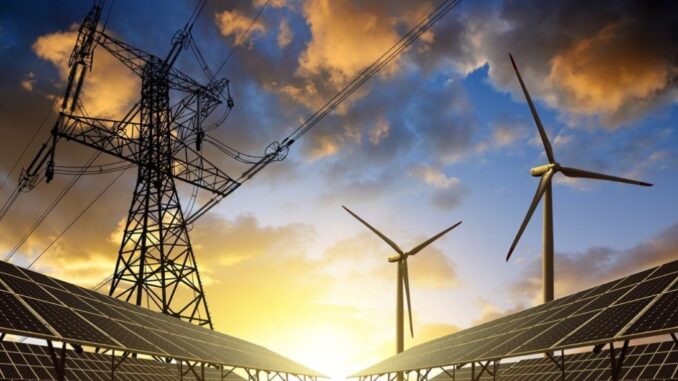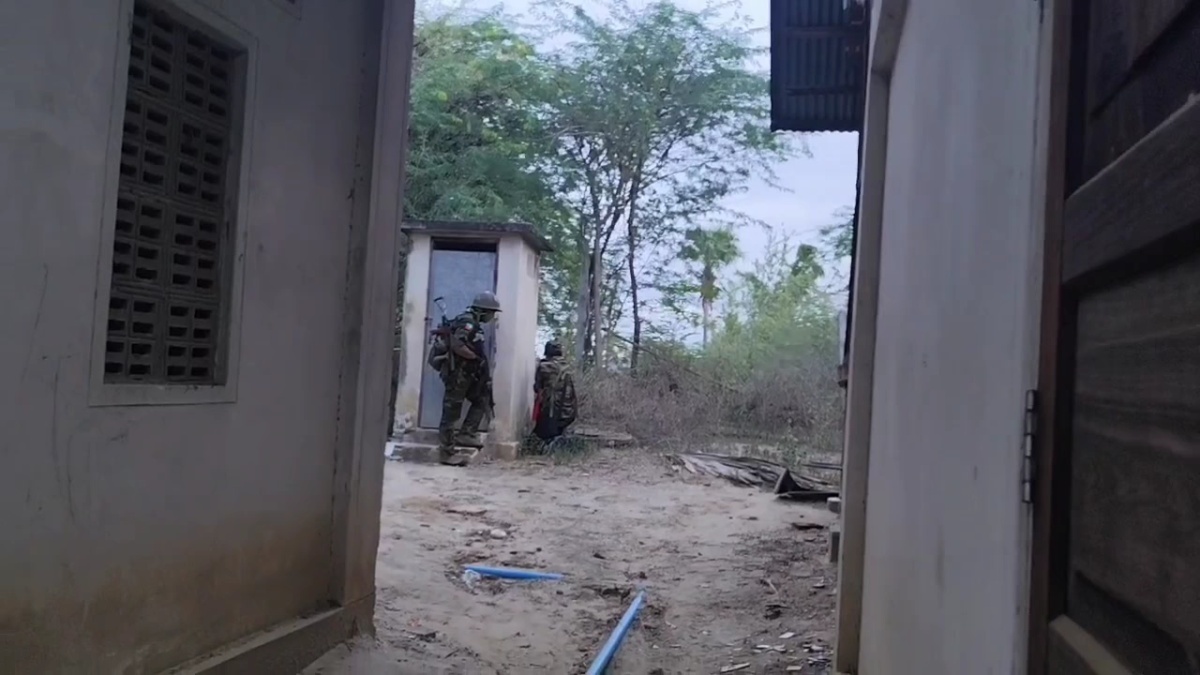
The Levelized Cost of Electricity (LCOE) is a metric used to compare the cost of generating electricity from different sources.
It represents the per-unit cost (typically in cents per kilowatt-hour, or $/kWh) of building and operating a generating plant over an assumed financial life and duty cycle.










Various factors influence the LCOE, and these can be broadly categorized into capital costs, operational and maintenance costs, fuel costs, financing costs, and other factors such as capacity factor and lifespan of the plant. Here’s a detailed look at each of these factors:
1. Capital Costs
Initial Investment:
Construction Costs: The cost of building the power plant, including labor, materials, and equipment.
Technology Costs: Different technologies (solar, wind, nuclear, coal, etc.) have varying initial costs. For instance, nuclear plants have high upfront costs, while natural gas plants are generally cheaper to build.
2. Operational and Maintenance Costs
Ongoing Expenses:
Fixed O&M Costs: Costs that do not vary with the level of electricity production, such as staffing, insurance, and routine maintenance.
Variable O&M Costs: Costs that vary with the amount of electricity produced, including wear and tear on equipment and certain maintenance activities.
3. Fuel Costs
For Fuel-based Plants:
Fuel Price Volatility: The cost of fuel (coal, natural gas, uranium, etc.) can fluctuate due to market conditions.
Fuel Availability and Supply Chain: Availability and the logistics of transporting fuel to the plant site.
4. Financing Costs
Cost of Capital:
Interest Rates: Higher interest rates increase the cost of borrowing money for the initial investment.
Debt to Equity Ratio: The proportion of funding sourced from debt versus equity influences the overall financing cost.
Return on Equity: Investors require a certain return on their investment, impacting the overall cost.
5. Capacity Factor
Utilization Rate:
Operational Efficiency: The actual output of a plant compared to its maximum potential output. Higher capacity factors lower the LCOE since fixed costs are spread over more units of electricity.
Intermittency for Renewables: Solar and wind plants have lower capacity factors due to their dependence on weather conditions.
6. Plant Lifespan
Duration of Operation:
Depreciation Period: The expected operational life of the plant affects how costs are spread over time.
Technological Obsolescence: The pace at which technology becomes outdated or less efficient.
7. Policy and Regulatory Environment
Government Influence:
Subsidies and Incentives: Financial incentives for certain technologies can lower their effective LCOE.
Carbon Pricing: Policies that price carbon emissions can increase the LCOE of fossil fuel-based plants.
Regulatory Compliance: Costs associated with meeting environmental and safety regulations.
8. External Factors
Market and Environmental:
Economic Conditions: Inflation, exchange rates, and economic stability can impact costs.
Environmental Impact Costs: Costs related to mitigating environmental impacts (e.g., carbon capture and storage).
Technological Advances: Innovations can reduce costs, increase efficiency, and extend plant lifespans.
Conclusion
The LCOE is a comprehensive measure that helps in comparing the cost-effectiveness of different power generation technologies. By considering all these factors, stakeholders can make informed decisions about investments in energy infrastructure and policy development.

Leave a Reply